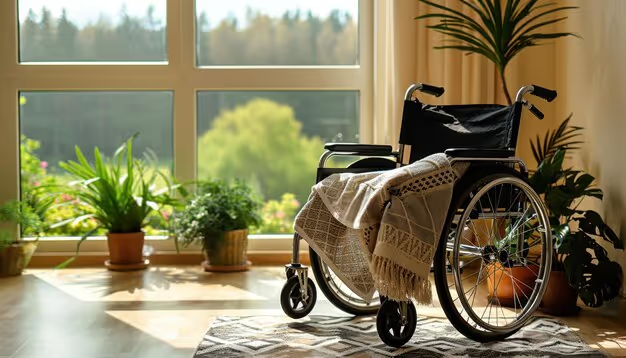In-Home Care Expenses for Seniors
Discover the cost of in-home care for seniors. From financial assistance to personalized care services, find the right investment for your loved ones.

Understanding In-Home Care Costs
When considering in-home care for elderly, it is important to understand the costs involved. In-home care costs can vary depending on several factors, including the services provided, the level of care required, and the geographic location. In this section, we will explore the average cost of in-home care and the regional disparities in home care costs.
Average Cost of In-Home Care
The average cost of in-home care for seniors is just under $1,000 for eight hours of work each week, which equates to about $27 to $28 per hour. However, it is important to note that these costs can vary based on the specific services provided and the needs of the individual receiving care.
To provide a comprehensive overview of the costs associated with in-home care, let's explore the breakdown of costs based on different types of care services:

It's important to note that these figures represent national averages and can vary depending on the geographical location and the specific care needs of the individual.
Regional Disparities in Home Care Costs
In-home care costs can vary significantly by state. The highest costs are found in Minnesota, averaging around $6,732 per month, while the lowest costs are in Mississippi, averaging $3,845.60 per month. These variations are primarily due to differences in caregiver wages across states.
To provide a clearer understanding of the regional disparities in home care costs, let's look at a few examples:
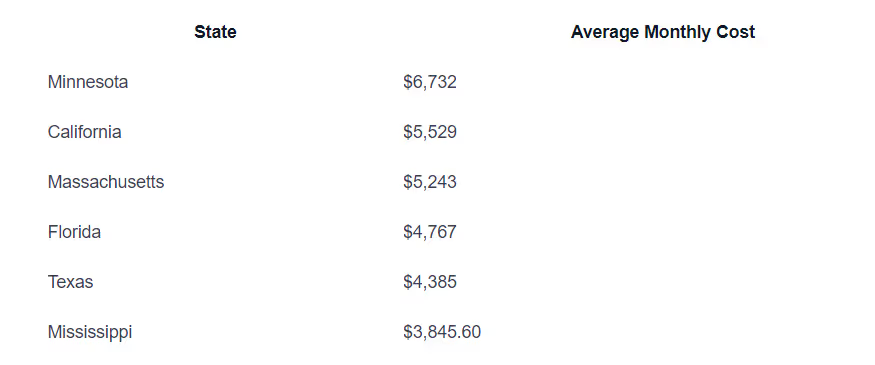
These figures highlight the importance of considering the specific location when evaluating in-home care costs.
By understanding the average cost of in-home care services and the regional disparities in home care costs, individuals and families can better plan and budget for the care needs of their loved ones. It is also important to explore the financial assistance options available, such as Medicare coverage, Medicaid coverage, and VA benefits, to help alleviate the financial burden associated with in-home care.
Financial Assistance Options
When it comes to affording in-home care for seniors, there are several financial assistance options available. These options can help alleviate the financial burden associated with in-home care for elderly individuals. Let's explore three common avenues of financial assistance: Medicare, Medicaid, and VA benefits.
Medicare Coverage for Home Care
Medicare, a federal health insurance program primarily for individuals aged 65 and older, provides coverage for certain home care services. However, it's important to note that Medicare generally does not cover non-medical care that is not ordered by a physician or care practitioner. While medical needs are covered, non-medical care related to activities of daily living (ADLs) is not covered by Medicare [1].
To qualify for Medicare coverage, individuals must meet specific criteria and have a plan of care prescribed by a healthcare professional. Medicare coverage for home care typically includes services such as skilled nursing care, physical therapy, and occupational therapy. It's essential to consult with a healthcare professional and review Medicare guidelines to determine eligibility and coverage for specific services.
Read more about: Home Care Covered by Medicare
Medicaid Coverage for Home Care
Medicaid, a joint federal and state program that provides medical coverage for low-income individuals, offers more comprehensive coverage for in-home care. Medicaid not only covers medical services but also includes non-medical in-home care for eligible individuals.
Medicaid coverage for home care varies by state, and beneficiaries may need to apply for state-specific waivers to receive maximum coverage. These waivers, commonly known as Home and Community Based Services (HCBS) waivers, allow individuals to receive in-home care services as an alternative to institutional care.
To determine eligibility and available services under Medicaid, individuals should contact their state's Medicaid office or consult with a Medicaid specialist. Medicaid can be a valuable resource for individuals who require financial assistance to cover the costs of in-home care [1].
Read more about: How Do I Get Medicaid to Pay for Home Care?
VA Benefits for Home Health Care
The Department of Veterans Affairs (VA) provides certain coverages for home health care services for veterans. Depending on the situation, the entire cost of home health care may be covered, or veterans may receive assistance to reduce their expenditures through various VA programs.
Veterans who meet specific criteria and have a service-related disability may be eligible for home health care services through the VA. Additionally, veterans who require assistance with activities of daily living (ADLs) may qualify for benefits such as Improved Pension, Aid and Attendance, and Homebound.
To determine eligibility and available benefits, veterans should reach out to their local VA office or visit the official VA website. The VA offers a range of resources and support for veterans seeking in-home care services.
By exploring these financial assistance options, seniors and their families can find ways to manage the costs of in-home care. It's important to research and understand the eligibility criteria, coverage limitations, and application processes for each program. Seeking guidance from experts in the field, such as financial advisors or social workers, can also provide valuable insights and assistance in navigating these financial assistance options.
Comparing Home Care Costs
When considering care options for seniors, it's important to evaluate the costs associated with different types of care. In this section, we will compare the costs of home care with nursing homes and assisted living facilities.
Home Care vs. Nursing Home Costs
In-home care is generally a more cost-effective option compared to nursing homes. The average cost of nursing homes can range from about $200-$250 per day for a basic room and care, adding up to about $5,600 to $7,000 per month [2]. On the other hand, home care services can be more affordable, especially if the senior requires assistance with daily living activities but can still reside in their own home.
To provide a clear comparison, let's look at the costs in more detail:

As you can see, in-home care is generally less expensive than nursing homes. However, the costs can vary based on geographical location, specific care needs, and the duration and scope of services required. It's important to consider these factors when evaluating the affordability of different care options.
Home Care vs. Assisted Living Costs
Compared to assisted living facilities, home care can also be a more economical choice for seniors. The median cost of assisted living facilities is around $4,500 per month, while in-home care services range from $4,957 to $5,148 per month. By opting for in-home care, seniors can receive personalized assistance and support while remaining in the comfort of their own homes.
It's important to note that the costs of care can vary depending on the specific services needed and the location. For a more accurate assessment of costs in your area, it's recommended to consult local providers or agencies that offer home care services.
When comparing home care costs with nursing homes and assisted living facilities, it becomes evident that home care provides a more flexible and potentially more cost-effective option for seniors who wish to age in place. With the ability to receive tailored care in the familiar surroundings of their own homes, seniors can maintain their independence and receive the necessary support to meet their unique needs.
Read about: Assisted Living vs. Home Care
Factors Influencing Home Care Costs
When evaluating the cost of in-home care for seniors, several factors come into play. Understanding these factors can help you better assess and plan for the expenses associated with home care services. The two primary factors influencing home care costs are the types of services needed and the geographic location.
Types of Services Needed
The cost of in-home care for seniors depends on the specific types of services required. These services can include a range of assistance, such as nursing care, personal care, and housekeeping [4]. The level of care needed, whether it's basic assistance with daily activities or specialized care for chronic conditions like dementia, can impact the overall cost.
Specialized services for conditions like dementia may require caregivers with additional training or certifications, which can result in increased costs. These services often require specialized knowledge and skills, ensuring the safety and well-being of individuals with specific care needs [5].
Geographic Location Impact
The geographic location also plays a significant role in determining the cost of in-home care services. Prices tend to be higher in urban areas compared to rural locations due to higher costs of living and greater demand for services. This increased demand can lead to higher caregiver wages and subsequently higher overall costs for home care.
To provide a general idea of the cost variations across different regions, here's an example of the average hourly rates for in-home care in three different locations:

Please note that these figures are for illustrative purposes and may vary based on specific circumstances and providers.
In addition to the types of services needed and the geographic location, other factors such as the number of hours of care required and any specialized services can also impact the overall cost. For instance, round-the-clock care will naturally be more expensive than services required for only a few hours per day. It's important to discuss your specific needs with potential home care providers to get a more accurate estimate tailored to your situation.
By considering the types of services needed and the geographic location impact, you can better understand and evaluate the cost of in-home care for seniors. It's essential to gather information from reputable sources and consult with home care agencies to determine the most accurate cost estimates for your specific requirements.
Personalized Care Services
When it comes to in-home care for seniors, personalized care services play a crucial role in meeting their specific needs and ensuring their comfort and well-being. Two key aspects of personalized care services are skilled nursing care options and tailored care plans.
Skilled Nursing Care Options
For seniors with complex medical conditions or higher care needs, skilled nursing care provides specialized, professional assistance. Skilled nursing care options are typically offered by registered nurses (RNs) who have received advanced training and are equipped to handle a wide range of nursing care services.
Some of the services that skilled nursing care can provide include wound care, medication management, administering injections, monitoring vital signs, and coordinating with other healthcare professionals. Skilled nursing care ensures that seniors receive the necessary medical attention and support while remaining in the comfort of their own homes.
Companies like Umbrella Home Care offer skilled registered nurses (RNs) who provide a range of nursing care services tailored to meet the specific needs of seniors.
Tailored Care Plans for Seniors
Tailored care plans are an essential part of in-home care for seniors. These plans are designed based on an individual's specific care needs, preferences, and schedule. The flexibility of tailored care plans allows seniors to receive the level of assistance they require while maintaining their independence and quality of life.
Care plans can be customized to include various services such as personal care, companionship, assistance with activities of daily living (ADLs), medication reminders, meal preparation, and transportation. The cost of the care plan is often adjusted based on the amount and type of care needed.
Companies like Home Instead offer personalized care plans that can be scaled up or down depending on the level of care required. Costs are adjusted accordingly to reflect the specific care needs and frequency of services.
By providing skilled nursing care options and tailored care plans, in-home care services can cater to the unique needs of seniors. These personalized care services ensure that seniors receive the right level of support and assistance while maintaining their independence and dignity.
As we explore the future of in-home care, it's clear that the demand for personalized care services will continue to grow. Seniors and their families are seeking transparent information on care costs, available services, and the qualifications of caregivers. By prioritizing personalized care services, the in-home care industry can meet the evolving needs of seniors and provide them with the quality care they deserve.
Future of In-Home Care
As the population continues to age, there is a growing demand for quality senior care services. By 2030, it is estimated that 1 in 5 U.S. residents will be reaching retirement age, highlighting the need for reliable and accessible in-home care for elderly individuals [3]. This increasing demand reflects a preference for providing elderly loved ones with support and assistance within the comfort of their own homes, as it offers numerous benefits such as familiarity, personalized care, and reduced risk of infections.
Growing Demand for Senior Care
The demand for in-home senior care services has risen significantly as families seek to provide their loved ones with the support they need while allowing them to age gracefully in their own homes. In-home care services offer a range of benefits, including personalized attention, assistance with daily activities, and companionship. This growing demand for in-home care reflects a desire to prioritize the well-being and comfort of seniors while ensuring they receive the necessary care to maintain their quality of life.
Transparent Information on Care Costs
When considering in-home care for seniors, one crucial aspect is understanding the cost associated with these services. Clear and transparent information on care costs is essential for families to make informed decisions and ensure that they can provide the best care without financial worries. It allows individuals to plan for their future and understand the financial implications of in-home care.
Factors that impact the cost of in-home care services include the level of care required, geographic location, hours of service needed, and any specialized services for conditions such as dementia or chronic illnesses [5]. Having access to this information empowers families to make financial plans and explore available options to ensure their loved ones receive the care they need.
As the future of in-home care unfolds, it is crucial to continue developing and improving services to meet the evolving needs of seniors. This includes addressing the growing demand for senior care while providing transparent and comprehensive information on care costs. By doing so, families can navigate the complexities of senior care and make informed decisions to ensure their loved ones receive the highest level of care and support.
References
- https://www.seniorliving.org/home-care/costs/
- https://www.comforcare.ca/resources/how-much-does-home-care-cost.html
- https://www.nursenextdoor.com/blog/how-much-does-senior-home-care-cost/
- https://umbrellahomecare.ca/blog/the-price-of-comfort-how-much-does-in-home-care-for-seniors-cost/
- https://rtmedhealth.com/factors-that-impact-the-cost-of-home-care-services/


.avif)






.avif)
.avif)
.avif)
.avif)

























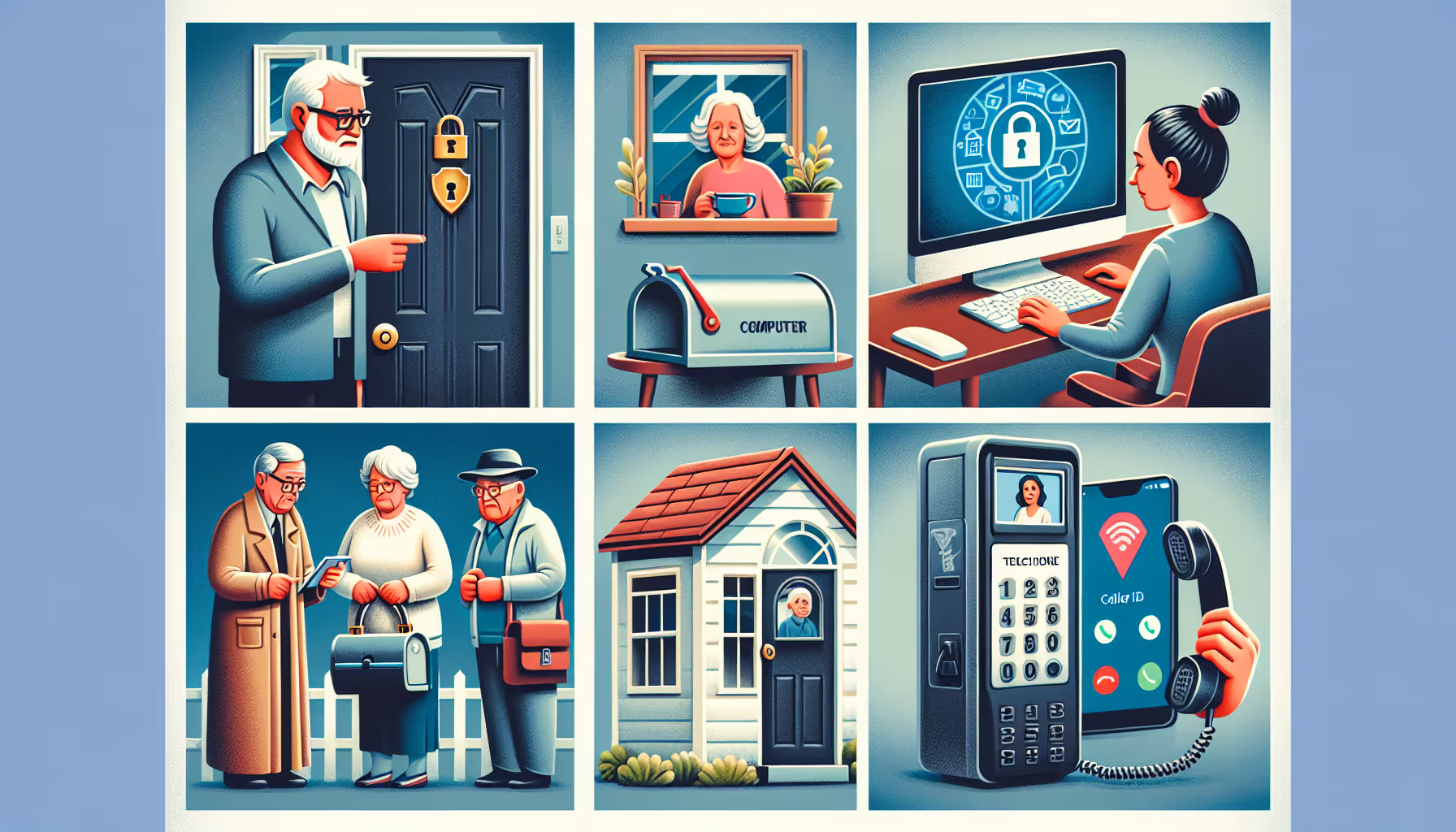
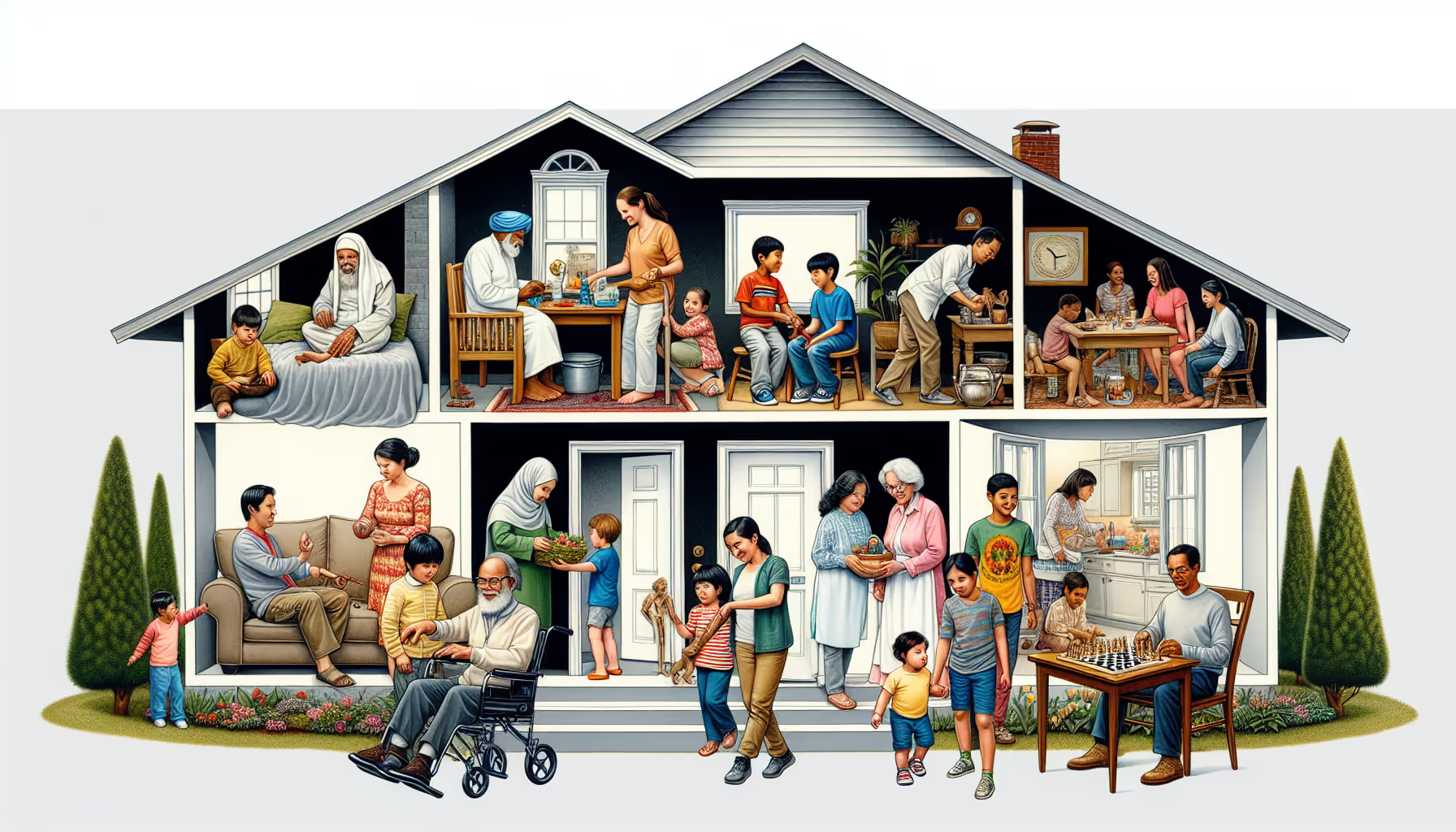

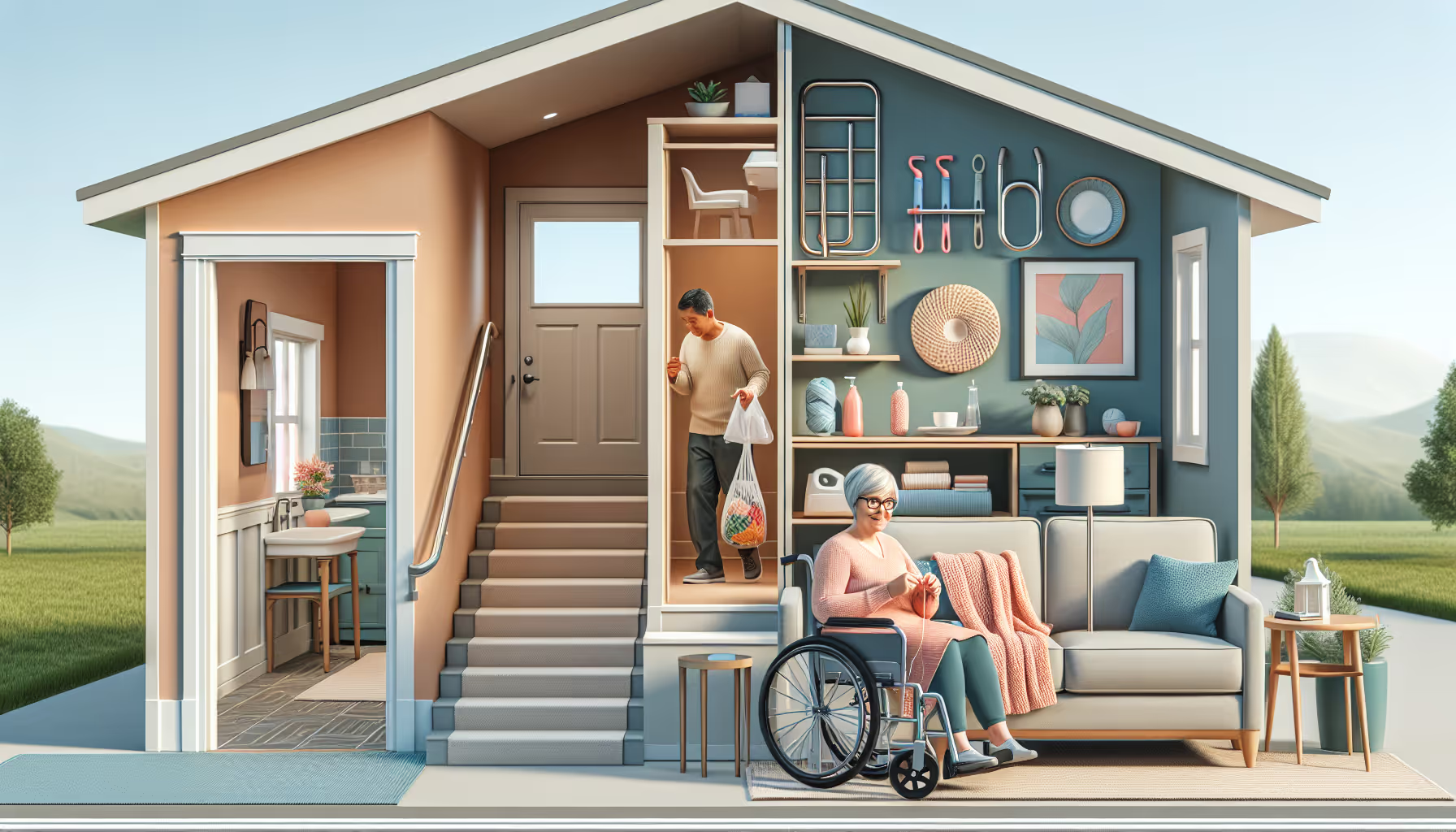


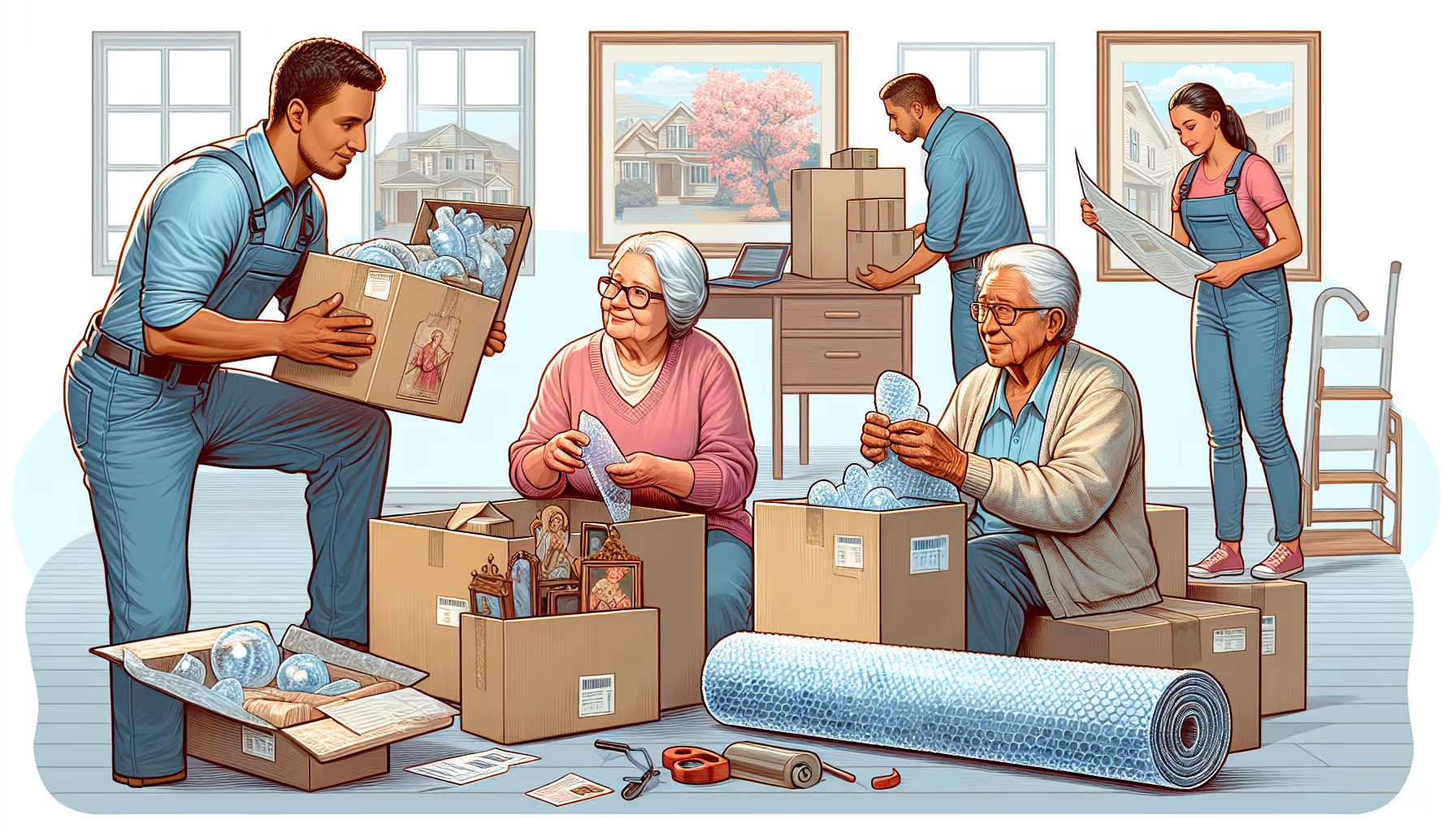



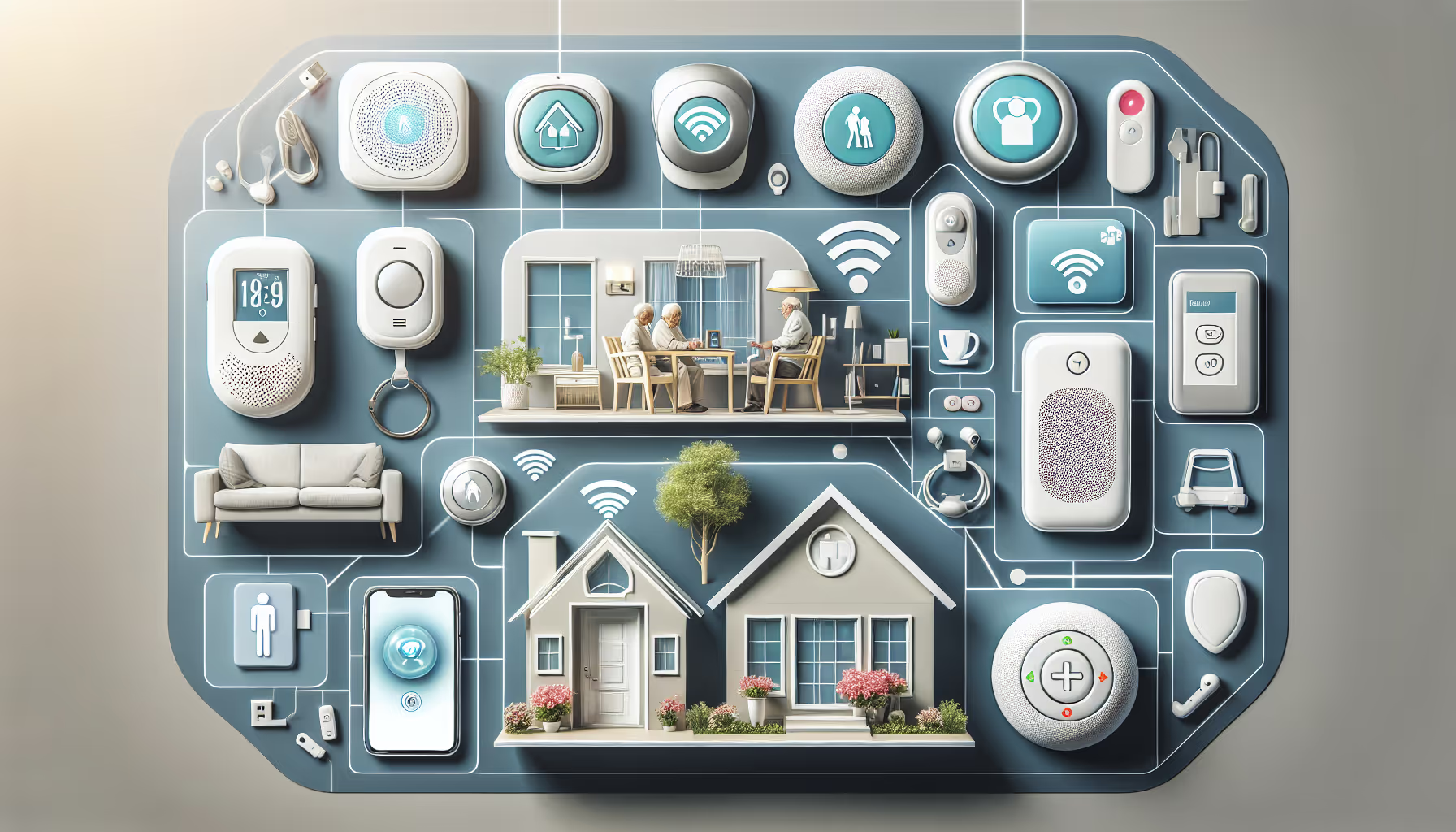
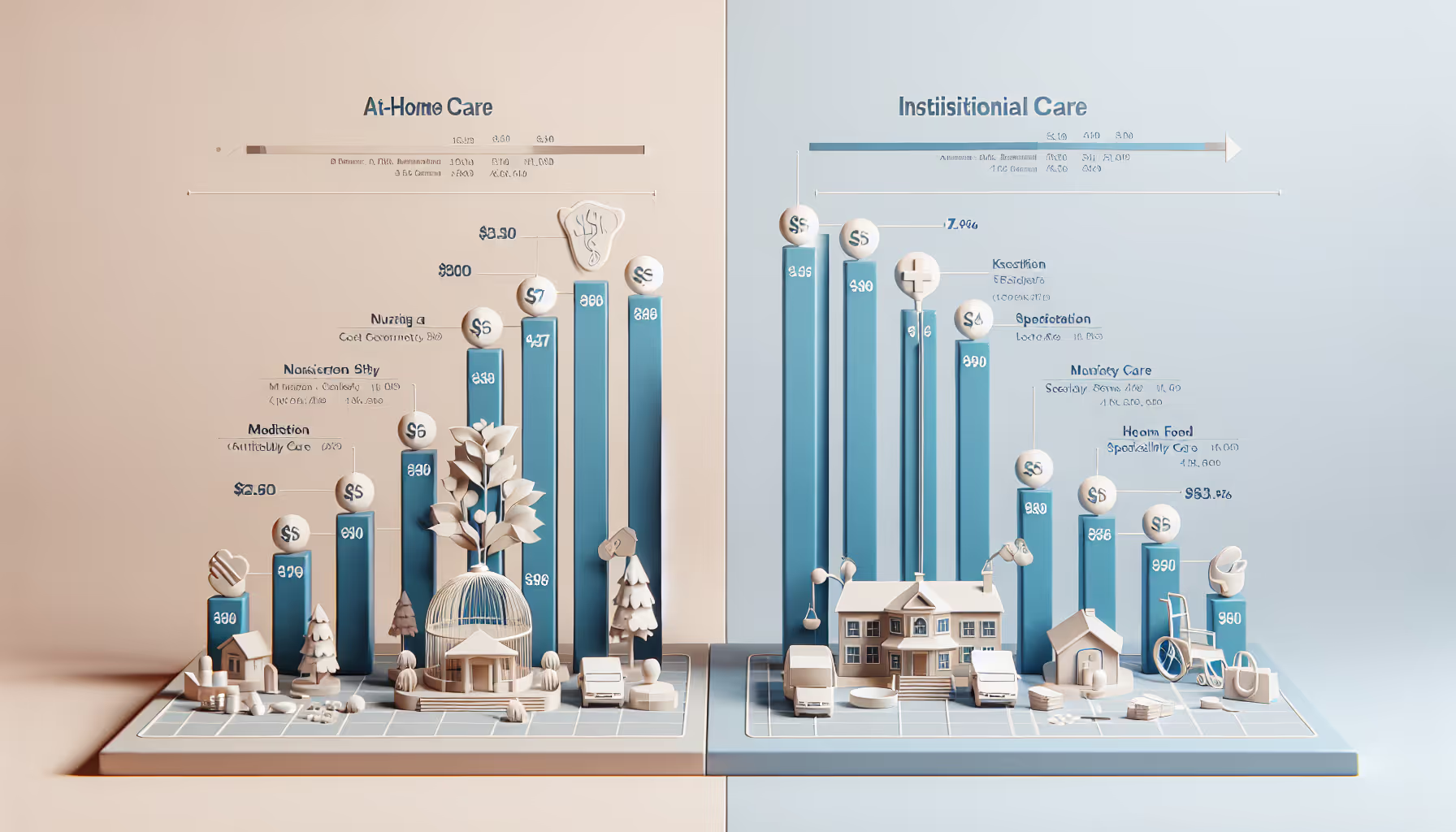
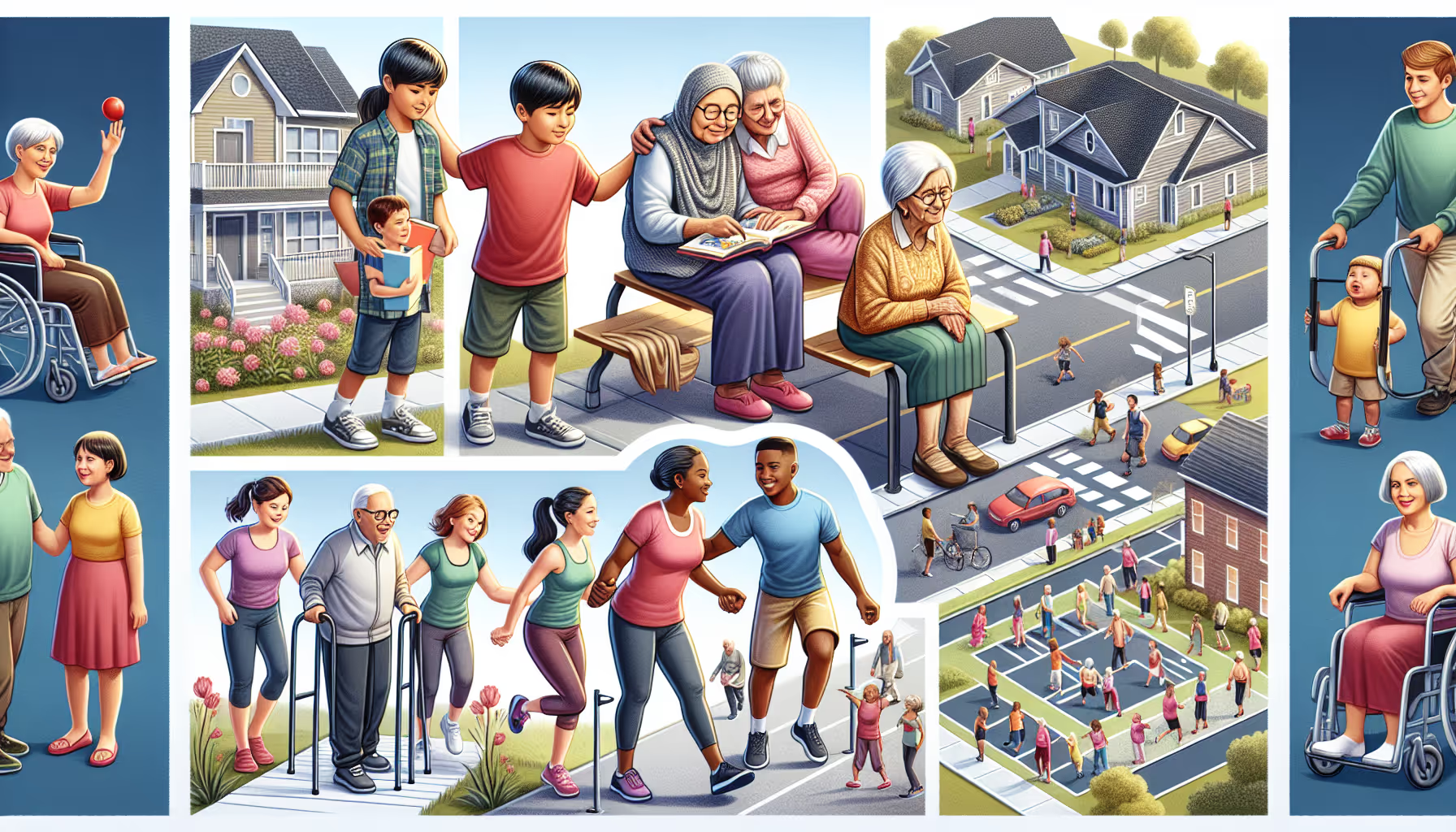















.avif)







